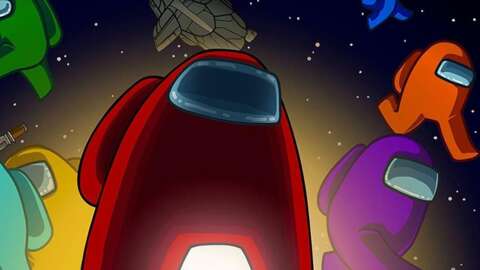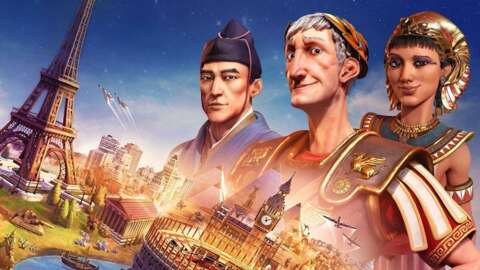It marks the first time a new faction has been introduced in the history of the game.
This interview was transcribed from a video interview and edited for clarity.
The mobile landscape has changed a lot in the 10 years since Ingress launched.

Back then, a lot of the inspiration came from alternate reality gaming.
We didn’t have something like Pokemon Go where we could say “you know Pokemon Go?
A real-world game is that.”

It grew from that point to focusing on that player community, but not necessarily the gamer community.
Hopefully that player with the first tattoo didn’t instantly regret it.
In the early going, how did you choose what those locations would be?

Were they just notable landmarks?
Did you start in San Francisco and then slowly branch out to other cities?
Furthermore, how did you research which locations you were using?

The first set was made from a historical landmark database, including USPS post offices.
We then quickly opened up to the player base to let us know which places should be designated.
I don’t know every city, but the players in those cities do.

That’s how we grew into the tens of millions of points-of-interest we had.
How essential was Ingress in laying the groundwork for future projects?
There’s a few different things Niantic was doing with Ingress data.

to understand the specific movement or traffic patterns of people just walking.
How do you keep Ingress unique amongst the growing portfolio of Niantic games?
We’re not playing against NPCs, we’re really playing against another global team.

If you have a rival in the game, you could zero in on that player.
Four years ago, Ingress went through a major change, becoming Ingress Prime.
What were the major changes that came with that milestone, for those unaware?
The biggest milestone was behind the scenes, where we changed from native code over to Unity.
How did that new technology allow the Ingress team to improve overall player experience?
The move to Ingress Prime also allowed us to look at the user interface.
We built a 2D map that showed us where people want to play Niantic real-world games.
Were people searching for Ingress portals in areas that resulted in legal–or worse–consequences?
There were issues that happened with Pokemon Go simply because of how popular it was.
A group of dozens of people walking down a street is going to attract attention.
How would you say, even with the growth in Niantic’s portfolio, Ingress has maintained its popularity?
Have players who started with Pokemon Go moved into Ingress?
Also, how would you present Ingress to a player of another Niantic game?
Players would play together, gain experience, and then go out for drinks or dinner afterward.
When the pandemic happened, everything moved indoors, but people continued to play the same way.
Players really were there for other players, and I think that comes from the team-based gameplay.
With Pokemon Go you know what you’re supposed to be doing, you gotta catch ‘em all.
How will Ingress be celebrating the 10th anniversary milestone?
What events does the game have planned?
We do see a ton of heightened activity during that time, thanks to the increased rewards.
This is the 10th anniversary, but there’s things coming all year long.
Players get intertwined into the story, and these live events help advance the story.
Players will venture to figure out how they can use this new red faction against the other team.
Got a news tip or want to contact us directly?